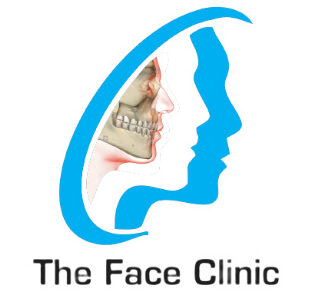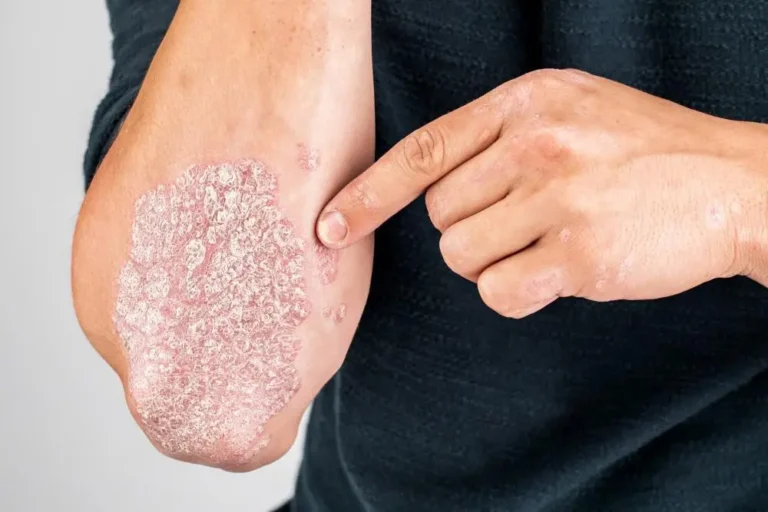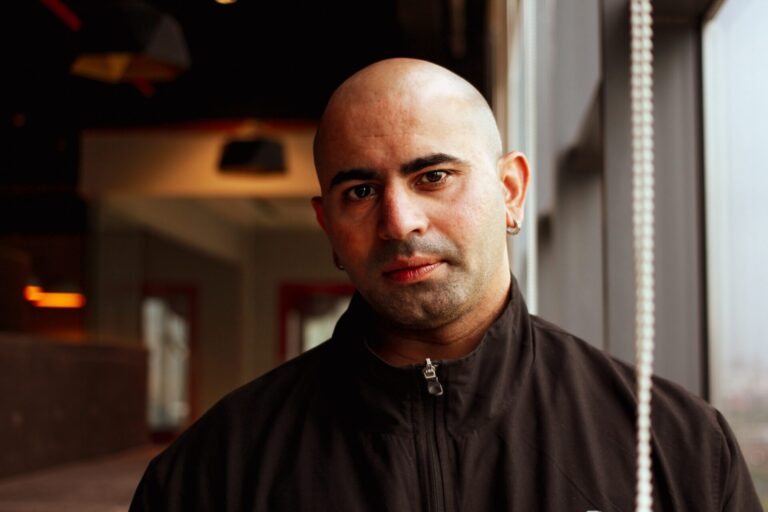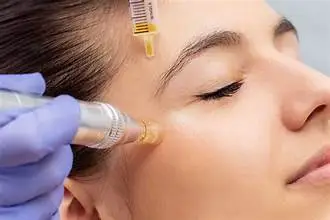There has been a noticeable surge in interest in rhinoplasty, particularly among younger individuals, fuelled by social media and a growing focus on self-image. For surgeons, age is a pivotal consideration because it impacts both the physical and psychological outcomes of the procedure.
Understanding the implications of performing cosmetic surgery on younger patients is crucial due to the significant developmental changes that occur during adolescence. Read on to find out complete guide on ‘What age can you get a nose job in the US?’ and much more.
1. Physical Maturity
General Guidelines: Rhinoplasty should be performed when the nose has fully developed to ensure stable and lasting results. Referring to different types of noses, based on regions and ethnicity one should know when his type of nose is matured medically or her nose type is fine for surgical procedure
- Girls: Suitable for rhinoplasty around ages 15-16.
- Boys: Suitable for rhinoplasty around ages 16-17.
Reason: Girls usually complete nasal development earlier than boys. Performing rhinoplasty before the nose has fully developed can lead to complications such as growth disruptions or the need for revision surgeries.
Importance of Full Development: Performing rhinoplasty before the nose has fully matured can lead to complications, such as changes in the nasal structure as it continues to grow, potentially necessitating additional surgeries. Ensuring the nose has reached its adult size minimizes the risk of disrupting facial growth and ensures more predictable outcomes.
2. Emotional and Psychological Readiness
- Emotional Maturity: Emotional maturity is crucial for young patients considering rhinoplasty. They must understand the implications of the surgery, including the recovery process and the permanent changes to their appearance. Patients need to have realistic expectations and be emotionally stable enough to handle the psychological impact of such a significant change.
- Psychological Assessment: Surgeons often assess the psychological readiness of young patients to ensure they are making informed decisions. This includes evaluating their motivations for surgery, their ability to cope with the changes, and their understanding of the risks involved. This assessment helps in determining if the patient is emotionally prepared for the surgery. It is also reported that different types of noses take different time to recover. Like button nose is faster to heal than aquiline nose and Greek nose type if undergone from nose job may heals faster than Roman nose
3. Legal and Parental Consent
- Parental Consent: In the U.S., individuals under 18 require parental consent for cosmetic procedures like rhinoplasty. This legal requirement ensures that young patients have the support and guidance of their parents or guardians in making such significant decisions. Parental involvement is crucial for providing emotional support and helping the patient understand the long-term implications of the surgery.
- Consultation Process: The consultation process for teenage rhinoplasty includes discussions with both the patient and their parents. This ensures that all parties are informed about the procedure, risks, recovery process, and expected outcomes. The surgeon will also discuss whether the patient’s motivations align with realistic expectations and whether the surgery is in the patient’s best interest.
4. Medical Exceptions
- Severe Trauma and Medical Conditions: There are specific circumstances where rhinoplasty may be considered for younger individuals. This includes cases of severe nasal trauma, congenital defects like a cleft palate, or significant breathing issues. In these situations, rhinoplasty is performed not just for aesthetic reasons but to improve the patient’s quality of life. These cases are evaluated on an individual basis, and the benefits of the surgery are weighed against the potential risks of performing the procedure on a still-developing nose.
Choosing the Right Time for Rhinoplasty
Determining the ideal time for rhinoplasty is highly individual. Factors such as the patient’s overall health, emotional stability, and specific nasal concerns (e.g., a deviated septum or large nasal tip) should be considered. Patients are encouraged to have in-depth consultations with reputable plastic surgeons to discuss their motivations and expectations. This ensures that the timing and type of rhinoplasty (open or closed) are optimally aligned with their developmental and personal need
Preparing for Rhinoplasty
- Initial Consultation: Involves discussing motivations, expectations, and the potential risks and benefits of the surgery.
- Parental Involvement: Essential for supporting the decision-making process and providing consent for underage patients.
- Recovery Process: Understanding the recovery timeline, which can include wearing a splint for 1-2 weeks and managing swelling and bruising for several weeks.
Deciding the right time for rhinoplasty involves careful consideration of physical and emotional readiness, legal requirements, and medical necessity. A detailed consultation with a reputable plastic surgeon helps ensure that the procedure aligns with the patient’s developmental stage and personal needs, providing the best possible outcome.
For more information, you can refer to detailed guides on rhinoplasty provided by Aesthetic Physician Dr. Sayyam Azam and Maxillo-Facial Surgeon Dr. Waqas Ahmad (UK)







One Comment
Comments are closed.